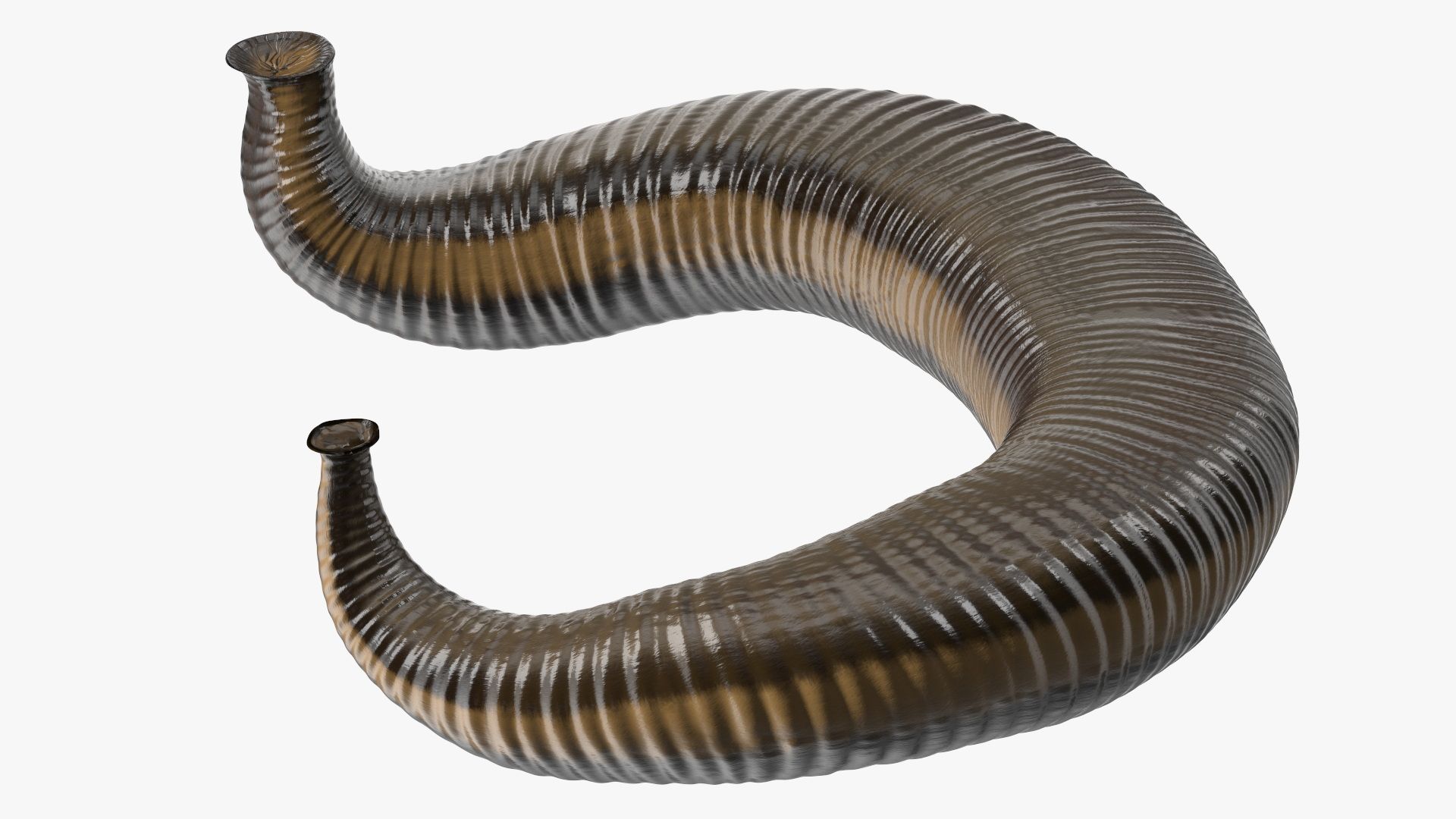
In the quest for a youthful and smooth forehead, Botox has become a popular choice among individuals seeking non-surgical cosmetic solutions. However, one common question that arises is: “How many units of Botox for forehead?” This comprehensive guide will address this question in detail, helping you understand the factors that influence the amount of Botox required and providing insights into the treatment process.
What is Botox and How Does It Work?
Understanding Botox
Botox, short for Botulinum Toxin, is a neurotoxic protein produced by the bacterium Clostridium botulinum. When used in small, controlled amounts, Botox can temporarily paralyze muscles by blocking nerve signals. This action smooths out wrinkles and fine lines, particularly those caused by repetitive facial movements.
The Mechanism of Action
When Botox is injected into the muscles of the forehead, it prevents the release of acetylcholine, a neurotransmitter responsible for muscle contraction. By inhibiting these contractions, Botox reduces the appearance of dynamic wrinkles, such as forehead lines and frown lines, resulting in a smoother and more youthful appearance.
Factors Influencing the Number of Botox Units
Individual Muscle Strength and Activity
The number of Botox units required for the forehead varies from person to person. One of the primary factors is the strength and activity level of the individual’s forehead muscles. People with stronger or more active muscles may require more units to achieve the desired effect.
Depth and Severity of Wrinkles
The depth and severity of forehead wrinkles also play a significant role in determining the number of units needed. Deeper and more pronounced wrinkles often require a higher dosage to achieve noticeable results, while milder wrinkles may need fewer units.
Gender Differences
Men generally have larger and stronger facial muscles compared to women, which means they might need more units of Botox to achieve the same level of wrinkle reduction. Gender differences should be considered when planning Botox treatments.
Typical Dosage for Forehead Botox
Average Units Required
For most individuals, the typical dosage for treating forehead lines ranges between 10 to 30 units of Botox. This dosage is usually divided into several small injections across the forehead to ensure even distribution and natural-looking results.
Customized Treatment Plans
It’s essential to note that the exact number of units will be determined during a consultation with a qualified provider. They will assess your facial anatomy, muscle activity, and aesthetic goals to create a customized treatment plan tailored to your needs.
Initial and Maintenance Treatments
During the initial treatment, a higher number of units may be used to achieve optimal results. Subsequent maintenance treatments, typically scheduled every 3 to 6 months, may require fewer units as the muscles become trained to relax.
The Botox Treatment Process
Pre-Treatment Consultation
Before undergoing Botox treatment, you will have a consultation with a licensed practitioner. During this consultation, you will discuss your medical history, any allergies, and your desired outcomes. The provider will also evaluate your forehead muscles and determine the appropriate dosage.
The Injection Procedure
The actual injection process is quick and relatively painless. The provider will use a fine needle to administer small amounts of Botox into specific points on the forehead. The entire procedure usually takes about 10 to 15 minutes, and there is minimal downtime.
Post-Treatment Care
After the injections, you can resume most of your daily activities immediately. However, it is advised to avoid strenuous exercise, excessive heat, and lying down for at least 4 hours post-treatment. This helps prevent the Botox from migrating to unintended areas.
Achieving Optimal Results
Realistic Expectations
While Botox is highly effective at reducing the appearance of wrinkles, it’s important to have realistic expectations. The full effects of Botox typically become visible within 3 to 7 days after treatment, with optimal results appearing around 2 weeks post-injection.
Follow-Up Appointments
To maintain smooth and youthful forehead skin, regular follow-up appointments are essential. Your provider will recommend a schedule for maintenance treatments based on your individual needs and the longevity of your results.
Combining Botox with Other Treatments
For a more comprehensive facial rejuvenation, consider combining Botox with other cosmetic treatments such as dermal fillers, chemical peels, or laser resurfacing. These treatments can address additional signs of aging and enhance the overall results.
Potential Side Effects and Risks
Common Side Effects
Botox is generally safe, but like any medical procedure, it comes with potential side effects. Common side effects include bruising, swelling, redness, and mild pain at the injection sites. These side effects are usually temporary and resolve within a few days.
Rare Complications
In rare cases, patients may experience complications such as drooping eyelids, asymmetrical results, or an allergic reaction. Choosing an experienced and qualified provider can minimize the risk of these complications.
When to Seek Medical Attention
If you experience severe pain, difficulty breathing, muscle weakness, or signs of an allergic reaction, seek medical attention immediately. These symptoms are rare but require prompt medical intervention.
Cost Considerations for Forehead Botox
Factors Influencing Cost
The cost of Botox treatments for the forehead can vary based on several factors, including the provider’s experience, the clinic’s location, and the number of units required. High-end clinics in prime locations may charge more, but they often offer superior service and results.
Average Price Range
On average, Botox treatments for the forehead in the United States can range from $200 to $600 per session. It’s important to discuss pricing and any additional fees during your consultation to have a clear understanding of the total cost.
Insurance and Financing
Cosmetic Botox treatments are typically not covered by insurance. However, many clinics offer financing options to make the treatment more affordable. Discuss financing plans with your provider if cost is a concern.
Conclusion
Determining the number of Botox units needed for the forehead is a personalized process that depends on various factors, including muscle strength, wrinkle severity, and individual anatomy. A qualified provider will assess these factors during your consultation to create a customized treatment plan tailored to your needs. Botox offers a safe and effective way to achieve a smoother and more youthful forehead, with results that can be maintained through regular follow-up treatments. By choosing an experienced provider and following post-treatment care instructions, you can enjoy the benefits of a refreshed and rejuvenated appearance.






